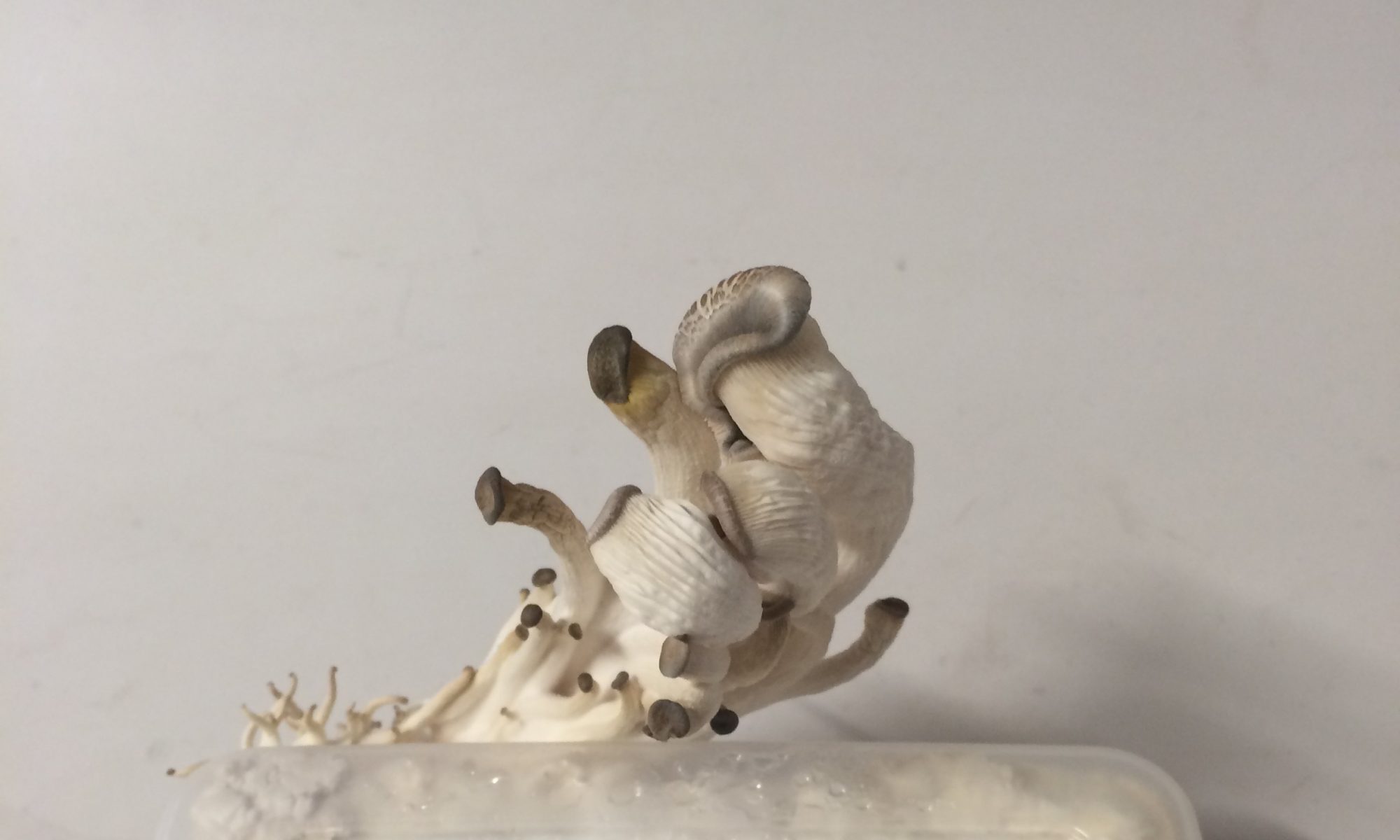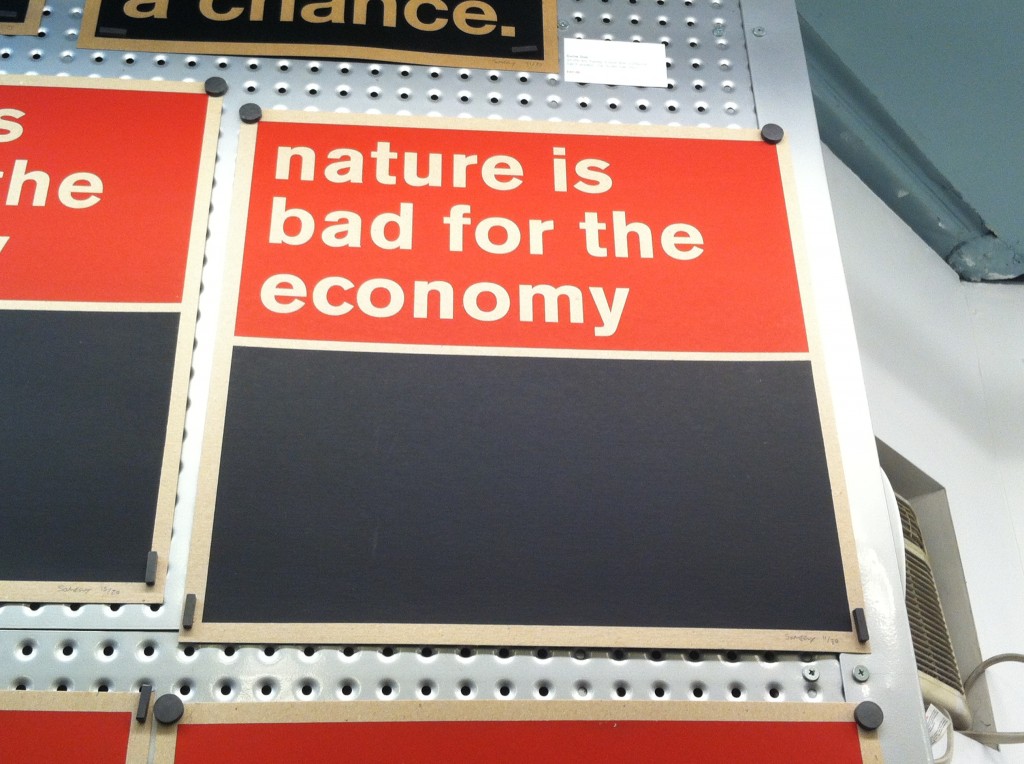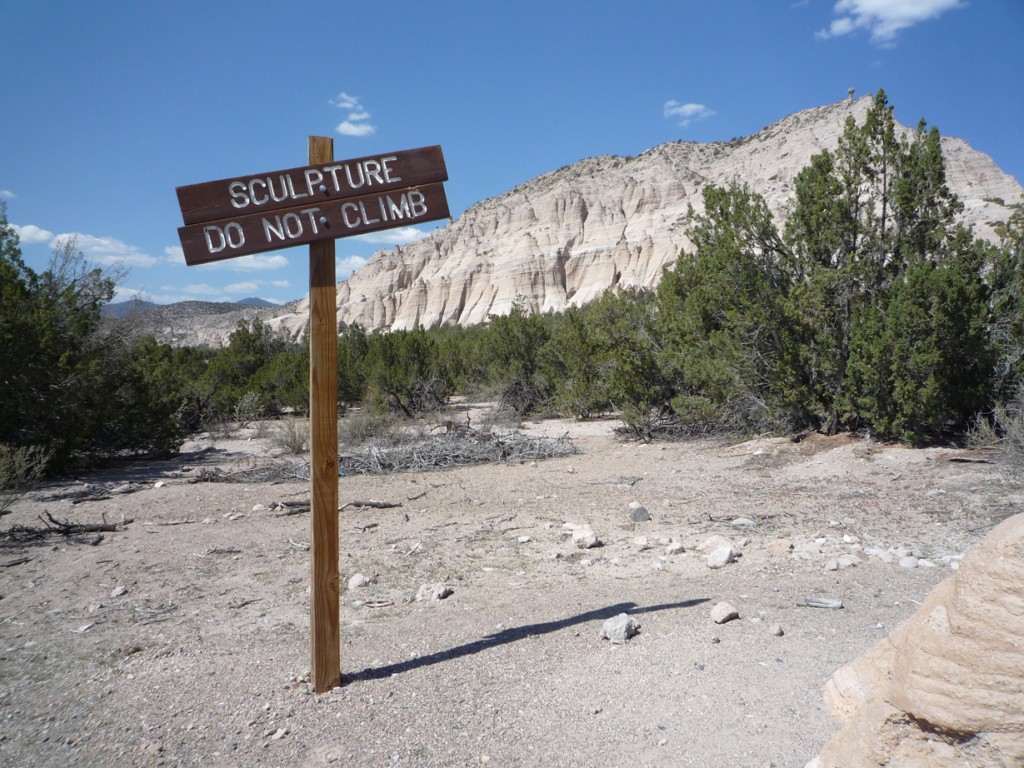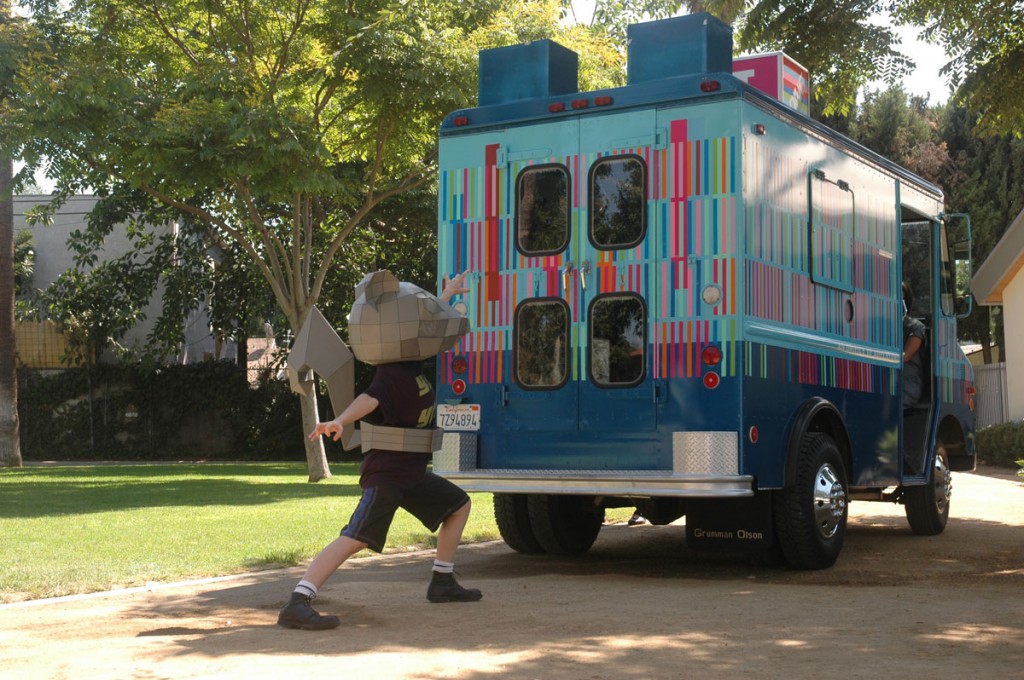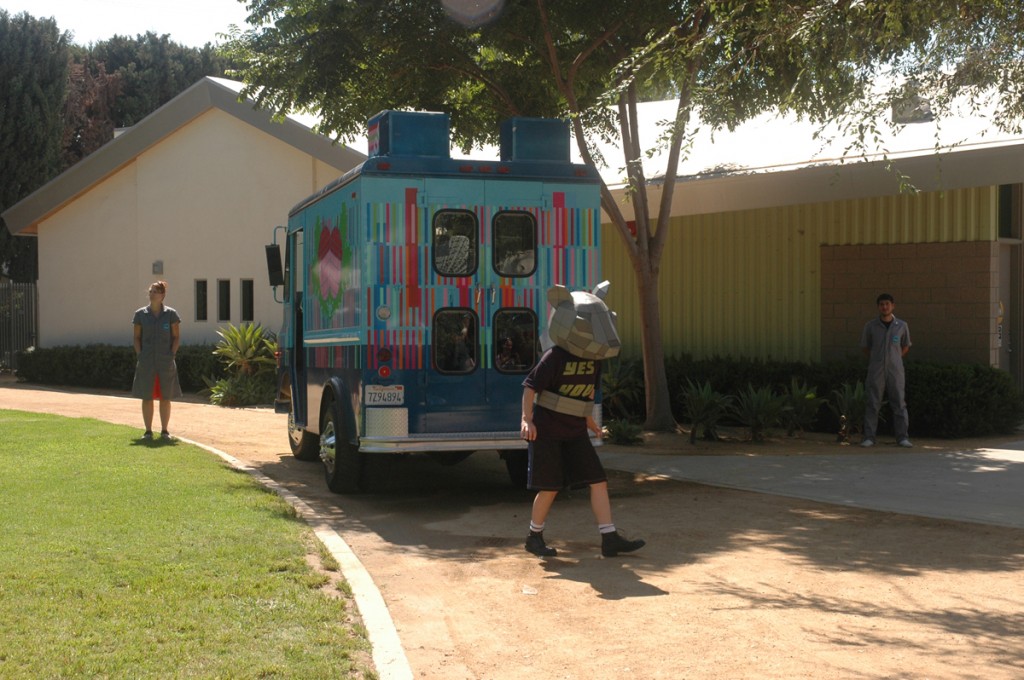Having just come back from the nonhuman conference hosted by SLSA, which was presided over by the OOOze, of which I am rather fond, I’ve been thinking a lot about the value of OOO- the lines (which may be subjectively drawn) around which OOO matters? As I am not into knob twiddling, I very much appreciate this post by Levi Bryant, What Differences Make a Difference?– Relations Again. Being NO expert reader, this post is ore of a note for me, about continuing to, hmm, make sure that theory inspires action for me.
The idea that a relation can make a difference only makes sense where we begin from the premise that substances, entities, machines, or objects possess some minimal autonomy from whatever relations they currently possess to other entities. “Minimal autonomy” means that entities can be separated from some relations and enter into new relations. Tasha’s being consists, in part, of an essential frailty where she can be separated from relations to other things like the food she needs to sustain herself, the temperature range in which her body can function, the oxygen she needs to sustain herself, the barometric pressure she needs to sustain herself, etc. Likewise, part of her being consists in the capacity to undergo new encounters or relations. She can encounter microbes that significantly transform her body’s ability to function. She can be taken to the Andes and encounter altitudes with different barometric pressures and concentrations of air that change how she functions. She can encounter various foods that either give her a luxurious coat and lots of energy or that leave her depleted and waxen. She can encounter people that treat her well or poorly. These are all relations that significantly change her qualities and powers of acting. Yet these changes, either through subtraction or addition, are only possible if Tasha has some minimal being independent of whatever relations she happens to entertain.
Thinkers like Whitehead are sometimes celebrated because it is alleged that by virtue of their relationism, holism, and internalism they enable us to think “ecologically”. Yet as I argued in a prior post building on some remarks made by Harman, what a text says its trying to do and what it actually does can be quite at odds with one another. Far from enabling us to think the difference that a relation makes, forms of thought such as we encounter in Whitehead actually inhibit our ability to think the difference that relations contribute. This is because such orientations of thought treat relation as always already there. If you want to think the difference relations make, you need to turn to OOO (or in my case, machine-oriented ontology), where the ontology in question is acutely aware that relations can always be subtracted or added, thereby opening way to an investigation of what difference the subtraction and addition of relations makes. Paradoxically, it is the defense of autonomous substances that allows us to think the importance of relations. And here, in a closely related vein, we should look less at how ecologiststheorize being, and more at their actual practice. At the level of their theories of being they tend to argue that everything is internally related. But at the level of their practice we see them proceeding as good object-oriented ontologists, presupposing that entities can break with their relations and enter into new relations, and attending to what differences these additions and subtractions make. What happens, they wonder, when portions of the ocean encounter large algae blooms as a result of fertilizers running into the water? This is a question about what happens when a new relation takes place.
It was these sorts of considerations that motivated my thesis that objects or machines are divided between their virtual proper being and their local manifestations. I’ll concede this much to Whitehead: we need to get beyond subject/predicate thinking that treats entities as a bundle of qualities (predicates) inhering in a substance. Instead, I propose that we treat entities as a collection of powers or capacities rather than qualities. Entities are what they’re capable of doing, not whatever qualities they happen to embody at a particular point in time. A quality is not something an entity has, but is the way in which an entity actualizes a power under particular conditions (in a particular set of relations). The ball is not red, but does red in response to particular wavelengths of light. The scope of what an entity can do (its powers) is always broader than whatever qualities it happens to actualize at a particular point in time. Such a framework, I hope, encourages us to attend to the relations an entity enters into and how these relations affect its doings or the actualization of its powers.
